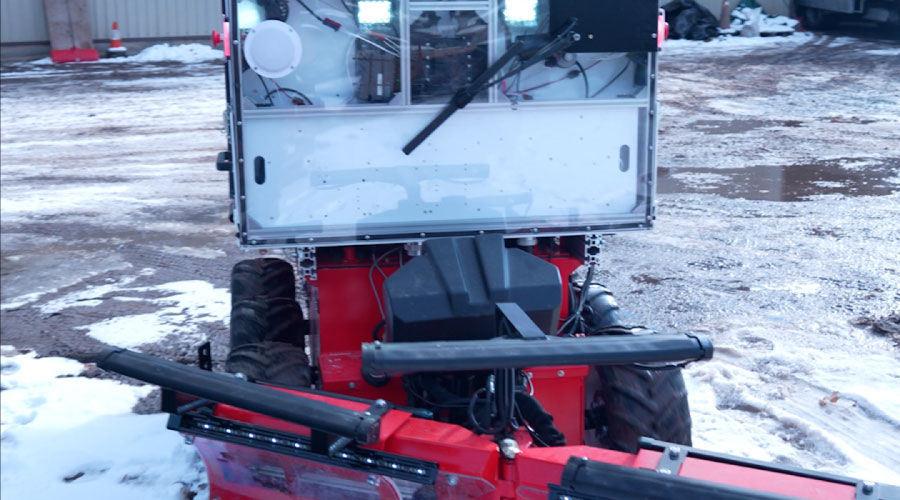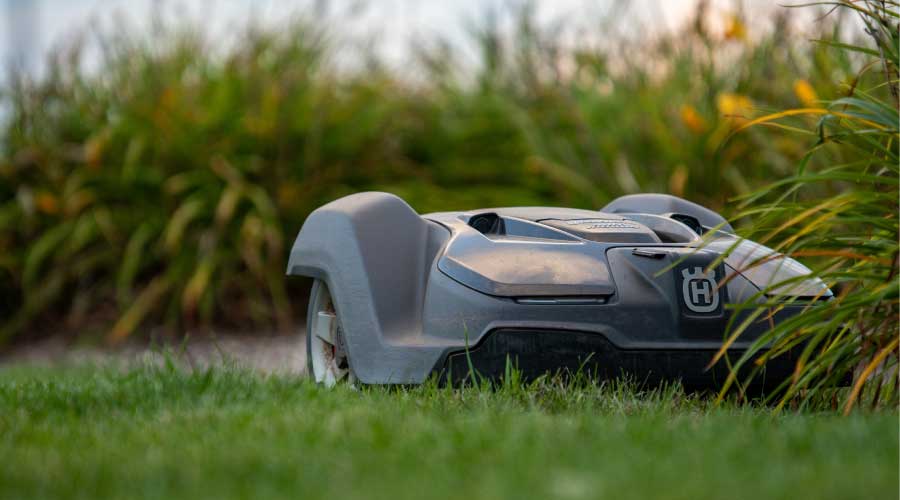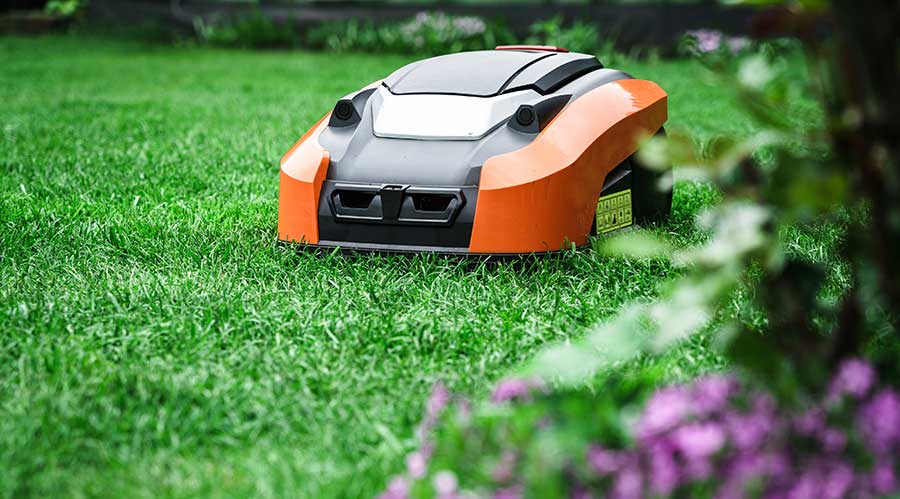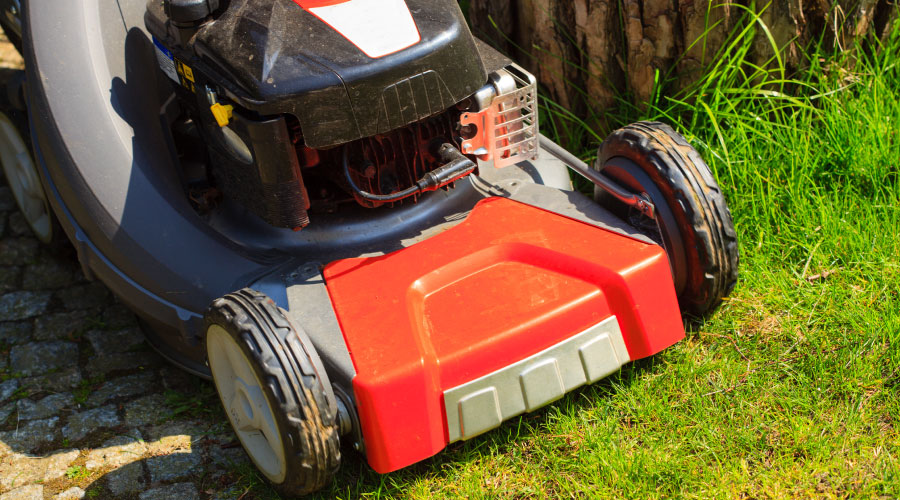Electric Utility Vehicles in Demand as People Movers
Connor offers a recent purchase of a utility vehicle as an example of changing transportation needs.
"The most recent one was a four-passenger vehicle," he says. "I needed it to go on sidewalks, and it needs to be a neighborhood electric vehicle, so it needs to be taggable, which means it has to go 25 mph. It also has to fit through our bollards, which we have on campus for security reasons. And it's fully enclosed and electric."
The appeal of utility vehicles is widespread throughout campus operations.
"The largest group of users on campus is facilities management," Connor says. "They are not the only department that uses utility vehicles. Every department utilizes them in some way or another, whether that's athletics or information technology or the department of public safety. They all have some role to play with utility vehicles, but facilities management is the largest user.
"Down at the user level would be our low-voltage electricians, our roofing shop, our lock shop, everybody that has to make calls on campus."
These users have access to a fleet that has evolved slowly over the years.
"We have a mixed fleet of buses, medium- and light-duty tagged vehicles, and nearly 120 utility vehicles," Connor says. "Focusing on utility (vehicles) only, we have landscape vehicles … and modified golf carts. The rest of our utility vehicles are a mix of brands, depending on usage configurations — mostly people movers to respond to demand work orders in our facilities departments."
Not surprisingly, the evolution of Georgetown's fleet has been dictated in part by financial considerations.
"Unfortunately, budget shortfalls and increasing costs causes our fleet age to be extended past normal life cycles," Connor says. "We have carts from 1996 to present."
Related Topics:














